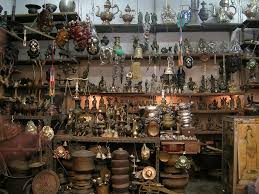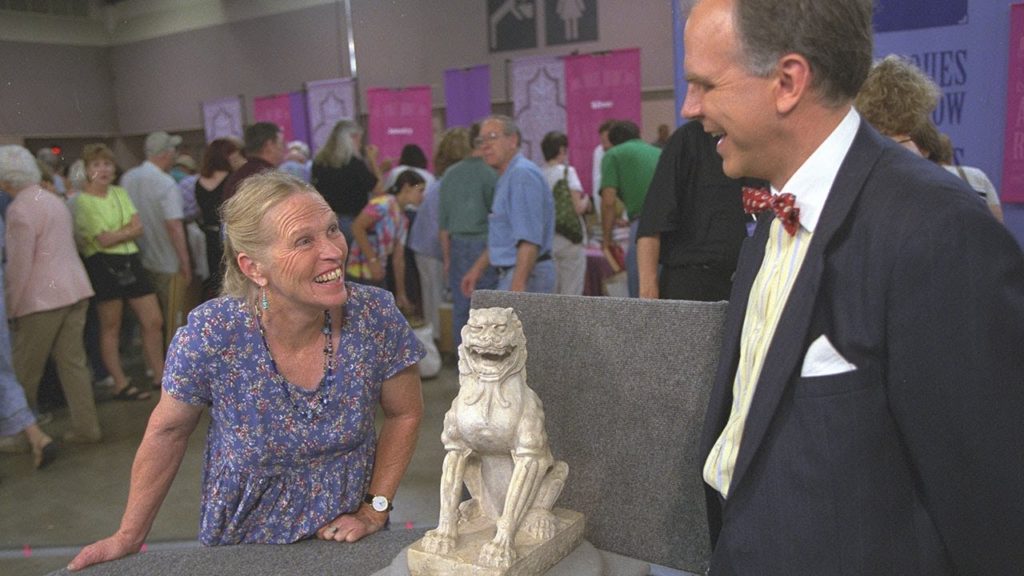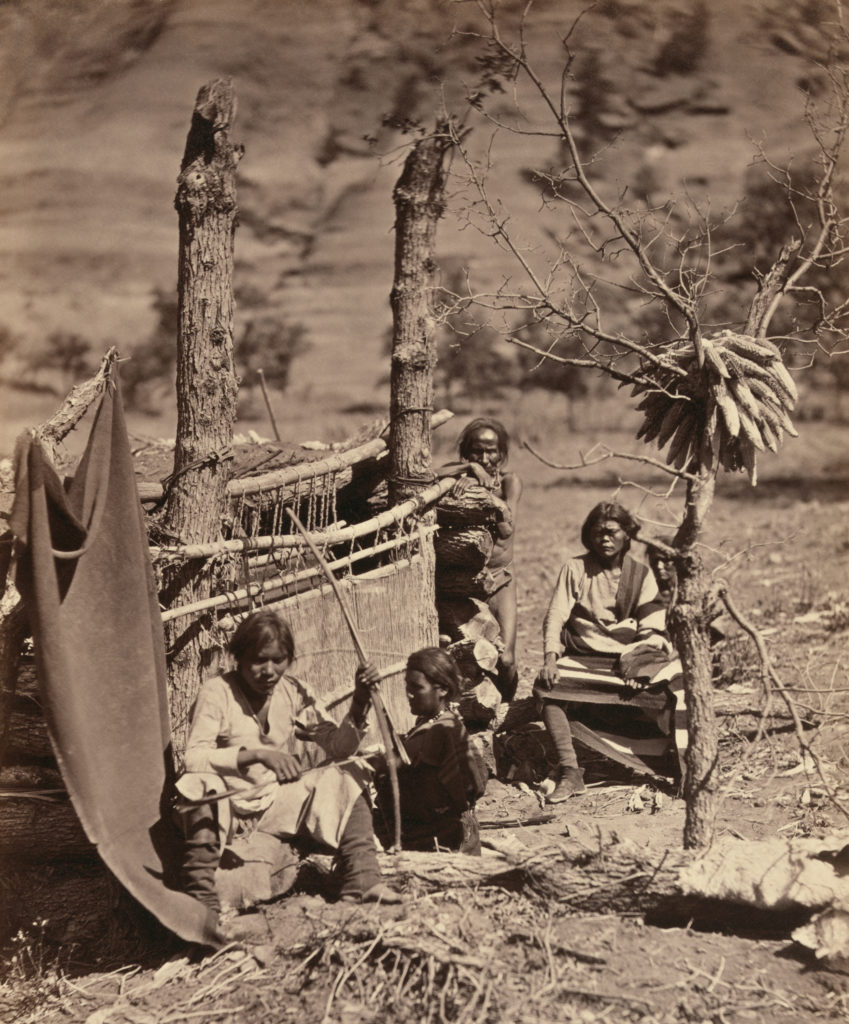
I have been a fan of Antiques Roadshow since about 2009. I can’t claim to be an art connoisseur, but I think this blog is evidence of my appreciation for the entire spectrum of the arts. I don’t pretend to even know that much in the field. My expertise is thin, but I can share an interest and good conversation up to a point. The fact is, I’ve learned quite a lot by watching Antiques Roadshow.
A Little History
From Wikipedia: “Antiques Roadshow is an American television program broadcast on Public Broadcasting Service (PBS) Public television stations. The program features local antiques owners who bring in items to be appraised by experts. Provenance, history, and value of the items are discussed. Based on the original British Antiques Roadshow, which premiered in 1979, the American version first aired in 1997. When taping locations are decided, they are announced on the program’s website raising the profile of various small to mid-size cities, such as Billings, Montana; Biloxi, Mississippi; Bismarck, North Dakota; Chattanooga, Tennessee; Hot Springs, Arkansas; and Rapid City, South Dakota. Antiques Roadshow has been nominated 16 times for a Primetime Emmy.”
The American version of the show rose to the top of the popularity ratings and is seen by as many as eight million people per week. Its host is Mark L. Walberg. It’s hard for me to pin down who the real star is, as Walberg limits his involvement to quick wrap-around appearances and occasional features on people or places. Most of the show is spent on the antiques and the people bringing or evaluating them. I’m focusing on the American version because I’m more familiar with it, having watched less than a full episode of the UK production.
The Best Part
I have to confess I am most fascinated with seeing how much the pieces are worth and the reactions of the owners. The values bring o-o-o-s and ahhs. The reactions to them leave me satisfied or wanting more. These are the low-hanging fruit, though. The real value is in learning about the artwork, the artisan work and the collections.
I’ve been able to learn about tiffany and imitations, art deco, master painters I never heard of, furniture of different eras, and so much more. Every episode has something in it that amazes me. Rare pieces turn up at times. I seem to recall some being so rare the appraiser thought there were no more of them in the world.
When something is rare and was made by a well-known artist, the stage is set for excitement. Diego Rivera, famous and influential Mexican painter, was born in the 1800s. One of his early works, El Abanil, had been thought to be lost for many years. Its owner had it hanging behind a door, but thought enough of it to bring it to Antiques Roadshow and discovered it was worth at least $800,000.
Rare is often enough for tremendous value without having to be made by an iconic individual. Prime case in point is the gold-plated Leica Luxus II camera that is now thought to be one of those only ones left on the planet. It was appraised at $780,000.
Stellar Moments
It’s one thing to see a guest of the show be overwhelmed by the value of the item they brought in for inspection. It’s quite another to witness such a reaction by the appraisers. These people see interesting antiques as part of their daily routine. Their tolerance for surprise and the unusual is high. The examples of touching moments that follow are a couple of the finest examples of what the Roadshow can mean to people.
The first is appraised by Lark E. Mason of New York. It was a Tang Dynasty marble lion valued in 2002 at $150,000-$250,000 for insurance purposes. When Mr. Mason started to talk about the sculpture, he told the owner that when he first saw it, he could hardly…well, then he choked up. He couldn’t speak of his first reaction without his voice cracking. He apologized and continued, but through his cracking voice, saying it was one of the finest examples of Chinese art they have ever had on the Roadshow. “The carving is beautiful. The workmanship is stunning,” he gushed. He was truly moved.

The second one has to do with a Navajo Ute blanket given to the foster father of the owner’s grandmother by Kit Carson. The appraiser, Donald Ellis, was composed, but he and the owner agreed that he was having a little trouble breathing just seeing this blanket. It was among the first chief’s blankets and the earliest Navajo weaving. When he told the owner that its value was between $350,000 and $500,000, he added that when he saw it, he just about died. Not only that, he said the blanket is a national treasure. The owner’s reaction was all over the place. He was smiling, but tears had to be wiped away and he could only say such things as “Jeez!” and “I just hung it on the back of a chair!” His alternation between joy and grief was heartwarming indeed.

Reality at Its Best
Antiques Roadshow is a lovely combination of history, art education and human psychology. If you haven’t ever seen it, open yourself to its charms.